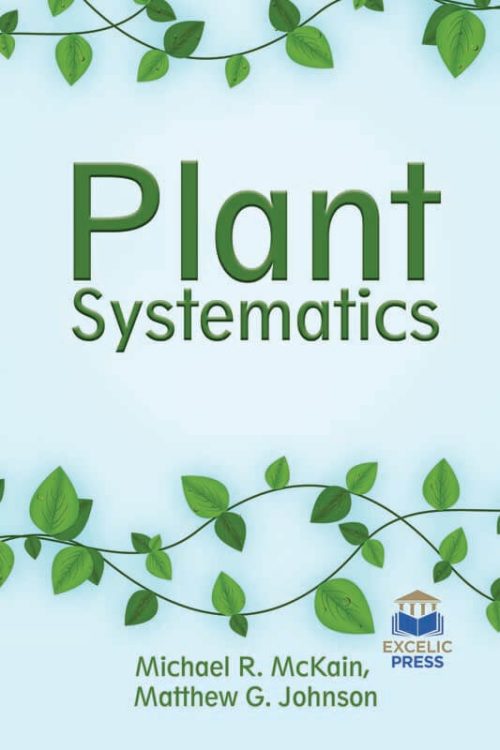Description
Targeted enrichment and sequencing of hundreds of nuclear loci for phylogenetic reconstruction is becoming an important tool for plant systematics and evolution. The past decade has seen major innovation in our ability to easily and inexpensively sequence genome?scale data from different lineages. The development of high?throughput sequencing and long?read technologies have ushered within the era of Phylogenetic, wherever a ton of the thousand of nuclear genes, and whole organelles genomes are habitually accustomed to reconstruct organic process relationships. As a result, understanding which options are best suited for a particular set of questions can be difficult, especially for those just starting in the field. With rapidly evolving new tools and the caveats that they bring, choosing an optimal strategy that takes into consideration cost, available plant tissue, and short-and long?term research goals can be a daunting task, especially for people who are new to the field of phylogenomics.
The book covers a balance between classical fundamental information and the current innovations in plant systematics. Including phylogenetic principles and techniques throughout, this book goes from the vigilant explanation of phylogenetic methods and principles. It also reviews the most recent advances in plant phylogenomic methods and makes recommendations for project?dependent best practices and considerations. It also takes a current focus on the costs and benefits of different approaches in regard to the information they provide researchers and the questions they can address. The book also illustrates unique challenges and opportunities in plant systems, such as polyploidy, reticulate evolution, and the use of herbarium materials, identifying optimal methodologies for each. Phylogenomics, or using genome?scale sequence data for phylogenetic analyses, has seen major advancements in recent years. Because of the rapid improvement of high?throughput sequencing (HTS) platforms, reduced representation strategies, and analytical tools, obtaining hundreds to thousands of loci has become routine for many botanical researchers.





